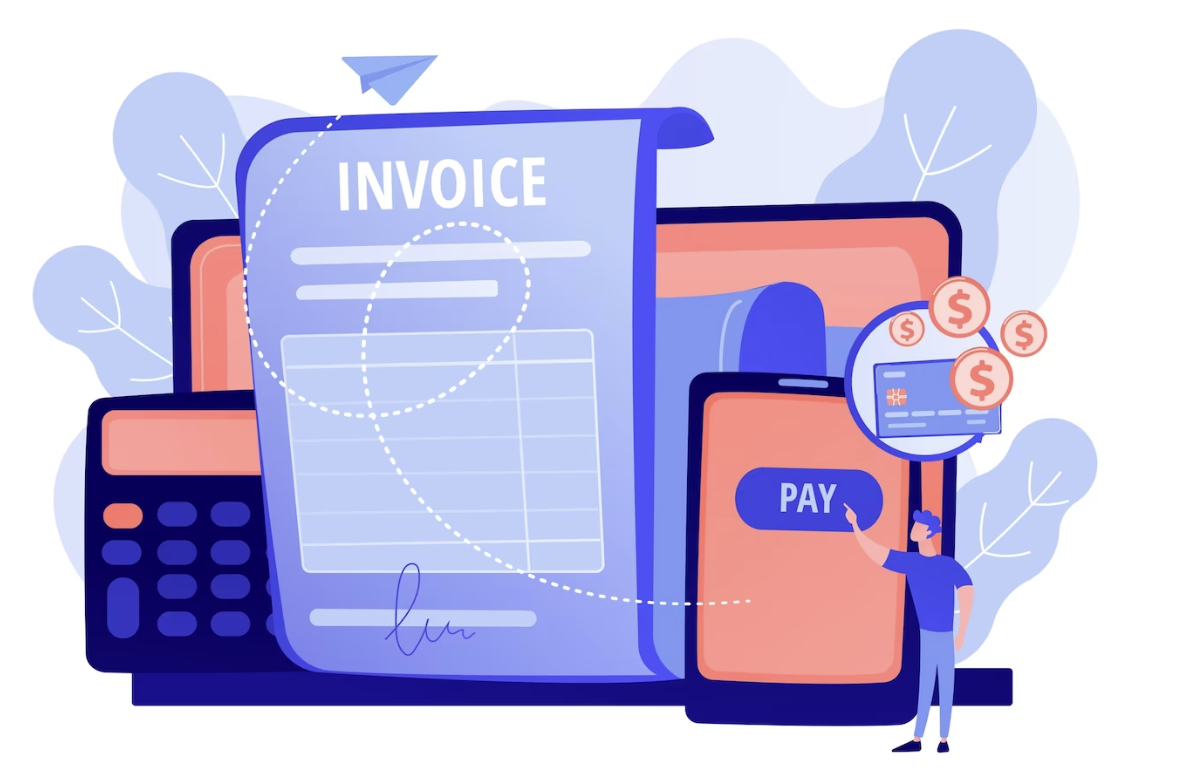In the fast-paced world of business, efficiency is the key to success. This principle applies significantly to invoicing, a critical and often intricate part of business operations. Traditionally, invoicing could be a time-consuming, manual process prone to errors.
However, with the advent of modern tools and techniques, it’s becoming possible to streamline the process, saving time, reducing mistakes, and ultimately, improving your bottom line. This article will delve into how you can simplify your invoicing by leveraging these contemporary tools and strategies, making this essential task more manageable and efficient.
Utilizing Software Solutions for Automated Invoicing
Software solutions like Quickbooks, Freshbooks, and Zintego Invoice have brought about a paradigm shift in the invoicing process. These tools allow you to customize your invoices with logos, tax details, and other relevant information, giving them a more professional appearance. They also provide read receipt features, helping you track the status of an invoice and ensuring that it has reached the intended recipient.
Moreover, these applications can automate many aspects of invoicing, such as generating invoices on a recurring basis, sending reminders for unpaid invoices, and simplifying the payment process for your clients. This combination of customization, automation, and monitoring capabilities makes these software solutions an indispensable asset for businesses looking to streamline their invoicing process.
Advantages of Automated Invoicing
Automated invoicing brings a host of advantages that lead to more efficient and effective business operations. Firstly, it dramatically increases efficiency by automating routine tasks, thus freeing up your team’s time to focus on core business activities. Secondly, it significantly reduces the chance of errors that are commonplace in manual processes, ensuring accurate invoicing and helping maintain healthy business relationships. Thirdly, it provides a beneficial time-saving aspect, as you no longer need to spend hours creating, sending, and tracking invoices manually.
Choosing the Right Software for Your Business
Choosing the right invoicing software that fits your business needs is crucial. You must consider specific factors to make an informed choice.
- Nature of your business – The kind of business you run significantly influences the type of invoicing software you need. For instance, a software developer might prefer a solution with integrated time tracking, while a retail business might need one that can handle point-of-sale transactions.
- Volume of invoicing – If your business sends out a high volume of invoices, opting for software that can handle bulk invoicing and automate follow-ups will be beneficial.
- Software usability – An intuitive, user-friendly interface can save time and reduce mistakes. Be sure to choose software that can be comfortably used by your team.
- Customer Support – Good customer support can be a lifesaver if you encounter any issues with your invoicing software. Look for providers who offer prompt and effective customer service.
- Budget – Pricing is certainly a factor to consider. Compare features and prices of different software to ensure you’re getting value for your money.
For some businesses, especially smaller ones or those on a budget, a simple alternative could be to utilize office suites like Microsoft Office or Google Workspace. Their spreadsheet applications, Excel and Sheets, respectively, come with pre-made invoice templates that can be customized to your liking, providing a budget-friendly solution that also allows you to maintain a database of your invoices in one place. For example, creating an invoice in Excel might be suitable for businesses with simple invoicing needs.
Embracing Online Payment Platforms for Invoicing
In an increasingly digital economy, online payment platforms like PayPal and Square have emerged as valuable tools for invoicing. These platforms allow businesses to create and send invoices directly to their clients’ email addresses, thereby offering a seamless, efficient, and professional invoicing solution.
The major advantage of using platforms like PayPal for invoicing is the ease and convenience they provide. For instance, PayPal Invoicing comes with a range of features that assist in the invoicing process. Not only can you customize your invoices with your company’s logo and item details, but you can also schedule them to be sent later or on a recurring basis.
What makes PayPal and similar platforms particularly attractive to businesses is their acceptability across different countries and currencies, making them an ideal choice for businesses that cater to an international clientele. Clients can pay these invoices directly via credit/debit card or their PayPal balance, providing a convenient and straightforward payment process.
Square is another online payment platform offering a similar invoicing service. It boasts features like automatic payment reminders and the ability to accept payments over the phone, in addition to the standard online invoicing services.
The transition to online payment platforms for invoicing not only simplifies the process but also hastens it considerably. By reducing the time between sending an invoice and receiving payment, businesses can improve their cash flow and optimize their operations.
Conclusion
In conclusion, the landscape of invoicing has profoundly transformed with the advent of modern software solutions and online payment platforms. By opting for these technologies, businesses can not only automate their invoicing process but also enhance its efficiency, accuracy, and speed. This shift frees up vital resources, allowing businesses to focus more on their core operations and less on administrative tasks.
However, choosing the right tool requires an understanding of your specific business needs, the volume of invoicing, your budget, and the level of customer support you might require. As businesses continue to evolve in a digital economy, embracing these modern invoicing methods is no longer a luxury but a prerequisite for success.

